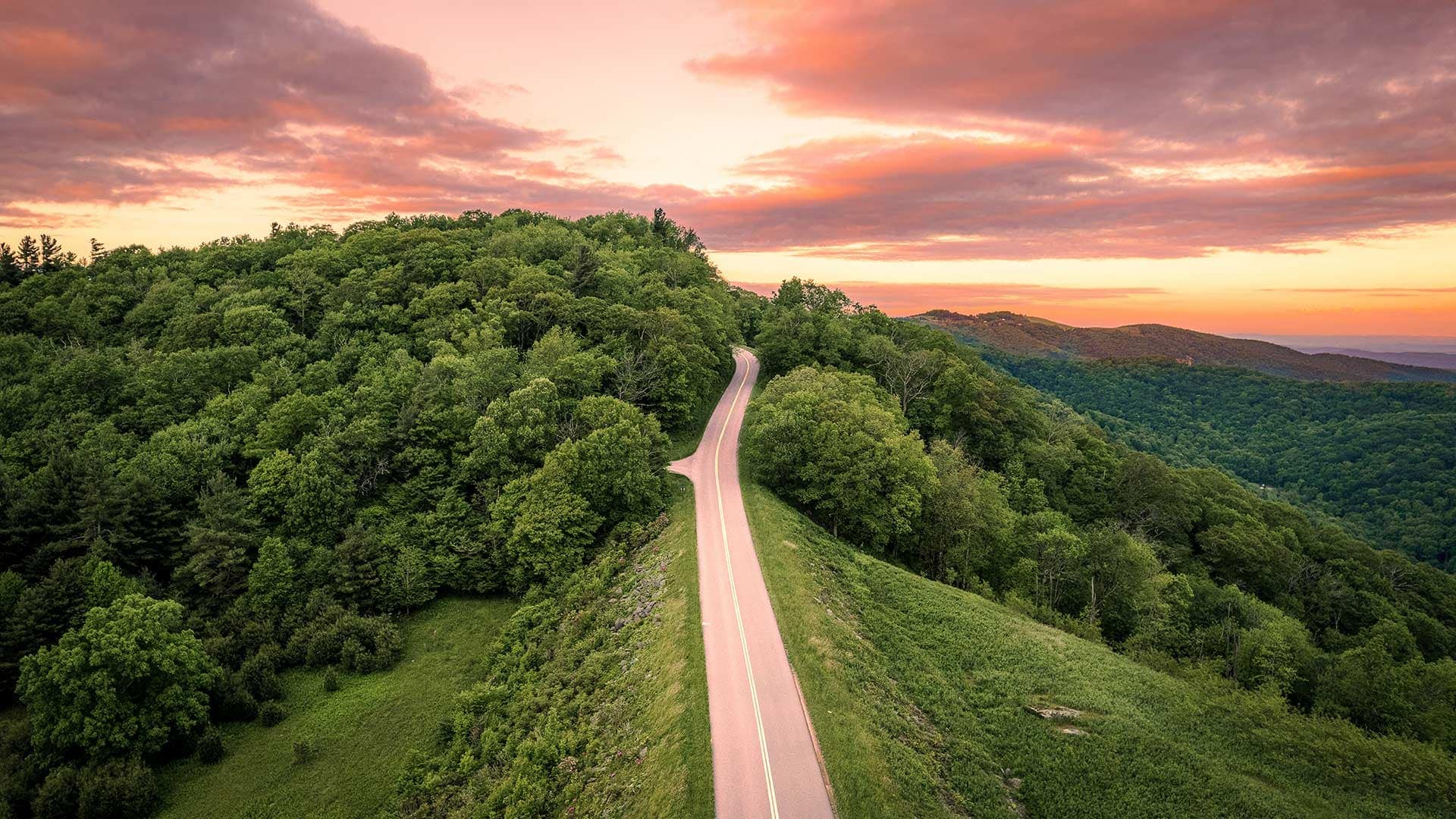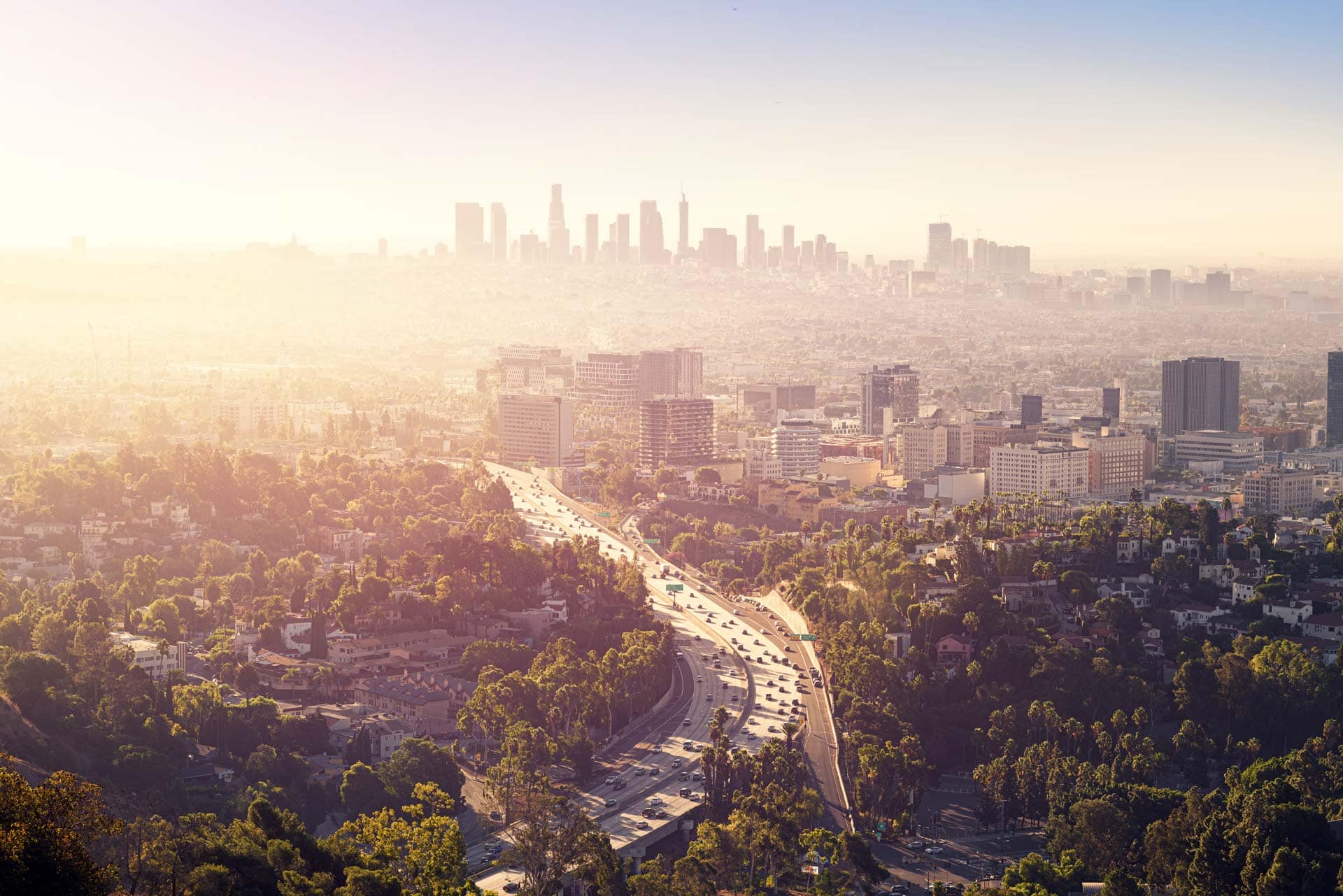SHARE
Thoughts
This blog is part of our Net Zero series for World Green Building Week 2017 – read more here.
I’ve taken the name “World Green Building Week” a little more literally than most. All too often our urban spaces are at odds with the natural environment; masses of steel and concrete trying to control and contain the elements. However, increasingly planners and policymakers are waking up to the benefits of incorporating vegetation into our towns and cities, urban sustainability is a trend I fully expect to accelerate in the coming years.
It is an adage as old as civilisation that mankind should seek to ‘dominate’ over nature, and this insistence on control is reflected in the design of our urban environments. This persistent societal axiom has almost certainly contributed to the incredible rate of human technological advancement over the last few centuries, and has resulted in some engineering feats that are nothing short of remarkable, but we shouldn’t forget that nature’s R&D department has had an extra couple of billion years to perfect the art of living on Earth.
[clickToTweet tweet=”Increasingly planners and policymakers are waking up to benefits of incorporating vegetation into towns and cities” quote=”Increasingly planners and policymakers are waking up to the benefits of incorporating vegetation into our towns and cities”]
Take the Amazon Rainforest as an example. It is essentially able to completely to self-regulate its internal conditions, it recycles resources in situ again and again and again, and it has survived millions of years of ice age and El Nino cycles, all the while developing into the most biodiverse ecosystem on Earth. Such longevity is testament to its ability to both adapt to long-term change and to deal with major exogenous shocks; it is the ultimate display of sustainability.
Incorporating sustainability into urban environments
Whilst I’ll admit that the Amazon is far from ideal for human occupation, there are a lot of lessons we can learn from nature, and opportunities to incorporate its sustainability strategies into our urban environments. Some of the major ecosystem services that vegetation can provide include:
1. Drainage & Flood Prevention
Sealed surfaces such as roads and buildings increase the speed and volume of runoff during precipitation events, increasing the likelihood of disruption due to flooding. Having vegetation present means that some rainwater is caught in plant canopies, before either evaporating away or dripping more gradually to the ground, thereby alleviating some of the ‘shock’ of flooding. Meanwhile, unlike tarmac, the soil in which plants sit will usually be permeable, allowing water to soak into the ground.
2. Building Energy Usage Reductions
Trees can provide shade in summer, whilst blocking cold winds in winter, so their careful placement can reduce energy consumption for nearby buildings. Meanwhile, green roofs and green walls can act as a kind of makeshift insulation, reducing the energy required for internal temperature regulation.
[clickToTweet tweet=”Careful placement (of plants) can reduce energy consumption for nearby buildings” quote=”Careful placement (of plants) can reduce energy consumption for nearby buildings”]
3. Reduced Urban Heat Island Effect
As mentioned, vegetation can help cool in situ by providing shade, but it can also help cool whole urban areas by removing heat through the process of evapotranspiration. The albedo of vegetation is also lower than dark surfaces such as tarmac, meaning more energy from the Sun is reflected rather than absorbed.
4. Improved Air Quality
Via photosynthesis, plants can be used to take up some of the carbon dioxide produced by our cars and factories. They can also absorb other gaseous pollutants and some solid pollutants, as well as acting as retention sites for impermeable particles. The extent of air quality benefits from urban vegetation is still debated, and depends a lot on a number of variables including building structure, vegetation structure, vegetation type, pollutant type, and pollutant levels.
5. Wellbeing Benefits
Research exists that suggests that access to nature can help improve concentration, alleviate stress, and generally improve the psychological condition of those exposed. Even just having plants in and around the workplace seems to be sufficient to carry at least some psychological benefit.
[clickToTweet tweet=”Even just having plants in the workplace seems to be sufficient to carry at least some psychological benefit.” quote=”Even just having plants in and around the workplace seems to be sufficient to carry at least some psychological benefit.”]
6. Aesthetics
Maybe it’s just me, but I think plants look pretty. The green wall on the side of the Rubens at the Palace Hotel in London is definitely worth a look, being both innovative in design and spectacular to look at.
Perhaps even more telling than the long list of benefits, is the seemingly short list of downsides to incorporating vegetation into urban spaces.
So what are the downsides?
The key issue for most places will be to do with space, which is a finite and valuable resource in modern cities. However, from rooftop gardens to green walls, people are finding new and innovative ways to integrate vegetation into even the densest urban areas, and I believe that all cities have measures available to them for improving their utilisation of available space if local governments, planners, building owners, and tenants are willing to innovate.
Other issues include the cost associated with the maintenance of vegetation, and the minor risk of damage from falling trees. However, personally I view these as minor prices to pay compared to the potential benefits that are on offer.



